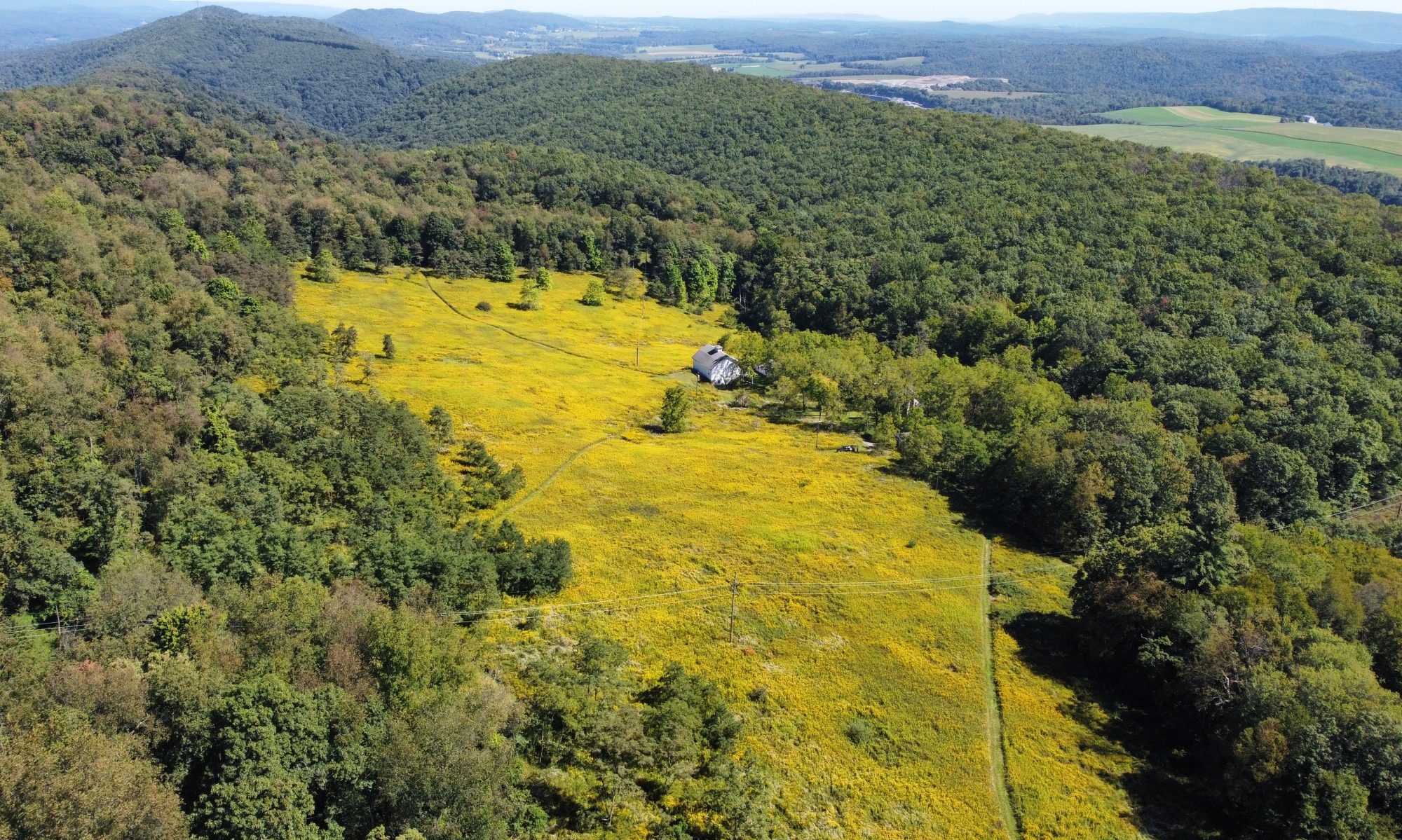Video link
The cicada chorus starts around 6:00 in the morning now, and goes until late afternoon, letting up only in the case of rain. Sunnier areas such as forest openings and edges are definitely more attractive to the courting cicadas.
Further online research has revealed that Brood XIV, like most other 17-year cicada broods, includes three different species, of which we have at least two. In the above video, which I shot this morning at the Far Field and the top of First Field, the first-featured species is Magicicada cassini — the one with the more metallic call. My camera unfortunately wasn’t really up to the task of capturing them in flight; they were extremely active in the small locust trees. A box turtle behind the spruce grove at the top of First Field seemed slightly freaked out, but that’s probably my own projection. In reality, she was probably thinking slow turtle thoughts about where to find her next meal.
The final portion of the video shows Magicicada septendecim, which makes the weirder and more musical of the two calls we’ve been hearing. I was surprised by the low volume of its call at close range, but probably it was just getting warmed up. Notice how the abdomen moves as it “sings.” Here’s a description of what’s involved from the University of Michigan Museum of Zoology’s Periodical Cicada Page, the source of most of my information in this post:
As in nearly all cicada species, male periodical cicadas produce “songs” using a pair of tymbals, or ridged membranes, found on the first abdominal segment. The abdomen of a male cicada is hollow and may act as a resonating chamber; the songs of individuals are loud, and large choruses can be virtually deafening. Females of most cicada species do not have sound-producing organs. Both sexes hear the sounds of the males as well as other sounds using membranous hearing organs called “tympana” found on the underside of the abdomen.
Over the course of an emergence, males congregate in “choruses” or singing aggregations, usually in high, sunlit branches. Females visit these aggregations and mate there, so choruses contain large numbers of both sexes.
As a follow-up to the previous post, my mother emailed a cicada expert at the University of Connecticut named Dave Marshall for more information about the mud turrets she collected. He replied,
No one knows for sure why the cicadas build the turrets when they do. Most of the time they do not, and yet sometimes a whole area will have them built way up several inches. Theories ranges from differences in soil moisture/recent rainfall (nymphs somehow reducing the risk of drowning) to artifacts of differential exposure to light. People were writing about this 100 years ago in USDA pubs, and we have hardly learned any more since then!
—Dave
Discover more from Plummer's Hollow, Pennsylvania
Subscribe to get the latest posts to your email.

These guys are incredible. They are so loud, even here in Bellefonte. We have a lot of trees in our backyard in on the street in front of the house, so we have them particularly bad just right around the house.
I made Stacy weedwack today because I couldn’t handle it. I’m a whimp.
LikeLike
They’re probably much louder in towns and suburbs than they are here – I believe they really go for that savanna-type habitat. In Nealmont, the little village right beyond the gap that Plummer’s Hollow feeds into, they are absolutely deafening.
I like your spelling of “whimp” by the way, and wonder if the word did in fact derive from “whimper.”
LikeLike
I still don’t understand why they are more abundant in some places than others. I just assumed they were all over in PH. I was asking my students about them today and no one mentioned dealing with them, but here in Bellefonte they are all over the place — in the back streets and even in the trees downtown. I almost got nailed by one as I was walking into the the post office.
The rain sure quiets them, though, which I guess makes sense. But… I still don’t really understand why.
RE my “whimp” — I think I just spelled it wrong. Figures.
LikeLike